Mastering the Art of Answering Bar Exam Questions
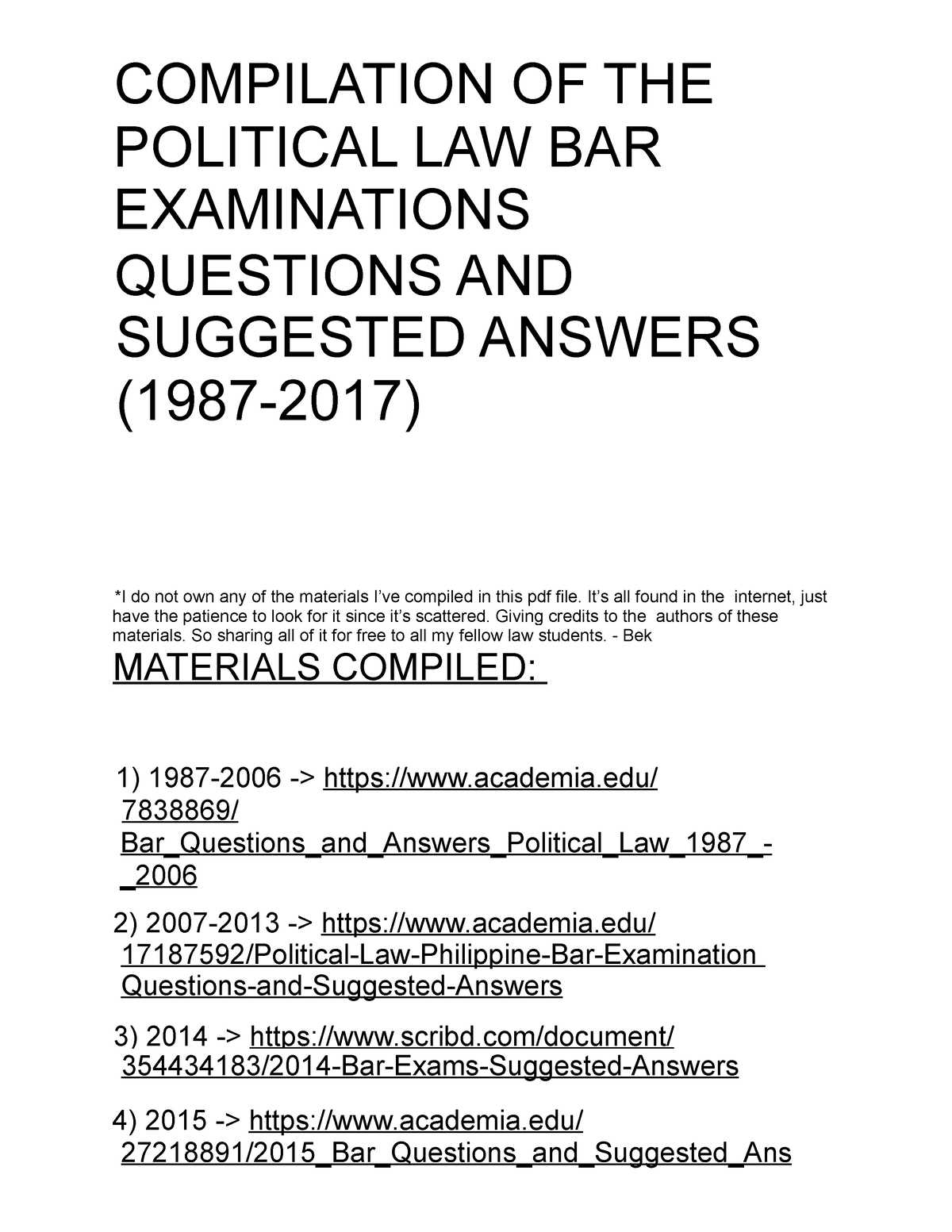
Preparing for a legal assessment requires a strategic approach that combines knowledge, critical thinking, and strong writing skills. Success in these evaluations depends not only on your understanding of the law but also on your ability to present your analysis clearly and effectively.
In this section, we will explore methods to improve your performance, from recognizing key issues to organizing your responses logically. By applying the right techniques, you can enhance your ability to tackle complex legal problems with confidence and precision.
Effective preparation is the key to excelling, and mastering the necessary skills will help you approach each task with a clear plan. Whether dealing with multiple-choice challenges or crafting detailed essays, your response strategy plays a crucial role in demonstrating your legal proficiency.
Guide to Answering Legal Assessment Tasks
Successfully tackling a legal assessment requires not only mastering the law but also developing a structured approach to presenting your arguments. The key to high-quality responses lies in being methodical and clear, ensuring that each point is relevant and well-supported by legal principles.
Understanding the Format
Before diving into the tasks, familiarize yourself with the format and requirements. Different types of challenges–whether analytical essays, multiple-choice questions, or practical assignments–demand distinct strategies.
- Essays: Focus on a structured argument, addressing all relevant issues.
- Multiple-choice: Carefully consider each option and eliminate obviously incorrect answers.
- Performance tasks: Organize your thoughts and demonstrate practical application of the law.
Key Strategies for Success
To perform well, adhere to the following essential strategies:
- Read Carefully: Understand the task completely before beginning your response.
- Spot the Issues: Identify key legal issues and ensure each one is addressed properly.
- Organize Your Response: Use clear headings and structured reasoning to guide the evaluator through your argument.
- Apply Legal Principles: Demonstrate your knowledge by applying relevant laws and precedents to the facts provided.
Understanding the Structure of Legal Assessments
Grasping the structure of legal assessments is essential for developing an effective strategy. These evaluations are designed to test your ability to apply legal knowledge and reasoning under time constraints. Each section of the assessment has its own format and requires a distinct approach to succeed.
Typically, legal evaluations consist of multiple sections, including multiple-choice questions, essays, and performance tasks. Each section serves a specific purpose and tests different skills, from factual recall to legal analysis and practical application.
Familiarizing yourself with the structure helps you prioritize your time and prepare more effectively. Understanding how each part is weighted can guide you in focusing on areas that carry the most weight in the final scoring process.
Common Mistakes to Avoid in Legal Assessments
While preparing for legal assessments, it’s crucial to be aware of common mistakes that can hinder your performance. Even small errors can negatively impact your results, making it essential to recognize and avoid them. These mistakes often stem from misinterpretation of the tasks, poor time management, or failure to present a structured response.
Misunderstanding the Task
One of the most frequent mistakes is misinterpreting the instructions or missing key elements of the task. This can lead to irrelevant responses or a failure to address critical issues.
- Not identifying all the issues: Always ensure that you cover all relevant points in your response.
- Ignoring specific instructions: Follow all guidelines provided, such as word limits or formatting requirements.
- Overlooking fact patterns: Pay close attention to details in the given facts, as they often contain hints for your analysis.
Poor Time Management
Time management plays a key role in successfully completing a legal assessment. Many candidates fail to allocate time efficiently across all sections, leaving themselves with insufficient time to fully develop their answers.
- Spending too much time on one section: Ensure that you balance your time across all tasks, focusing more on the sections with higher weight.
- Rushing through answers: Avoid hastily written responses that lack depth. Take your time to analyze and structure your thoughts.
Time Management Tips for Legal Assessment Success
Effective time management is a critical factor in performing well during a legal assessment. With various sections to complete under strict time constraints, it’s essential to allocate your time wisely to ensure that each task receives the attention it deserves. Proper planning can help you stay focused and avoid rushing through important tasks at the last minute.
One of the first steps in managing time efficiently is to become familiar with the format of the assessment. By understanding how much time you can spend on each section, you can create a strategic approach to avoid spending too much time on any one part.
- Set Time Limits: Assign specific time limits to each section and stick to them. For example, allocate more time to essay-based tasks and less to multiple-choice questions.
- Prioritize Difficult Tasks: Start with the more challenging sections to ensure you have enough time to work through them in depth.
- Use Practice Timed Sessions: Simulate the assessment environment during your practice sessions to improve your pacing and boost your confidence.
Another essential aspect of time management is regularly checking the clock to stay on track. By monitoring your progress throughout the assessment, you can make adjustments if you find yourself spending too much time on a particular section.
How to Analyze Legal Assessment Tasks
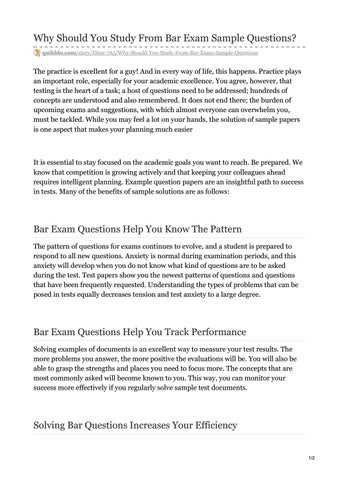
Analyzing a legal task effectively is essential for crafting a well-organized and thoughtful response. The ability to break down complex scenarios and identify key issues can significantly improve your performance. The goal is to approach each task systematically, ensuring that you understand every element before you begin formulating your response.
Steps to Analyze a Legal Task
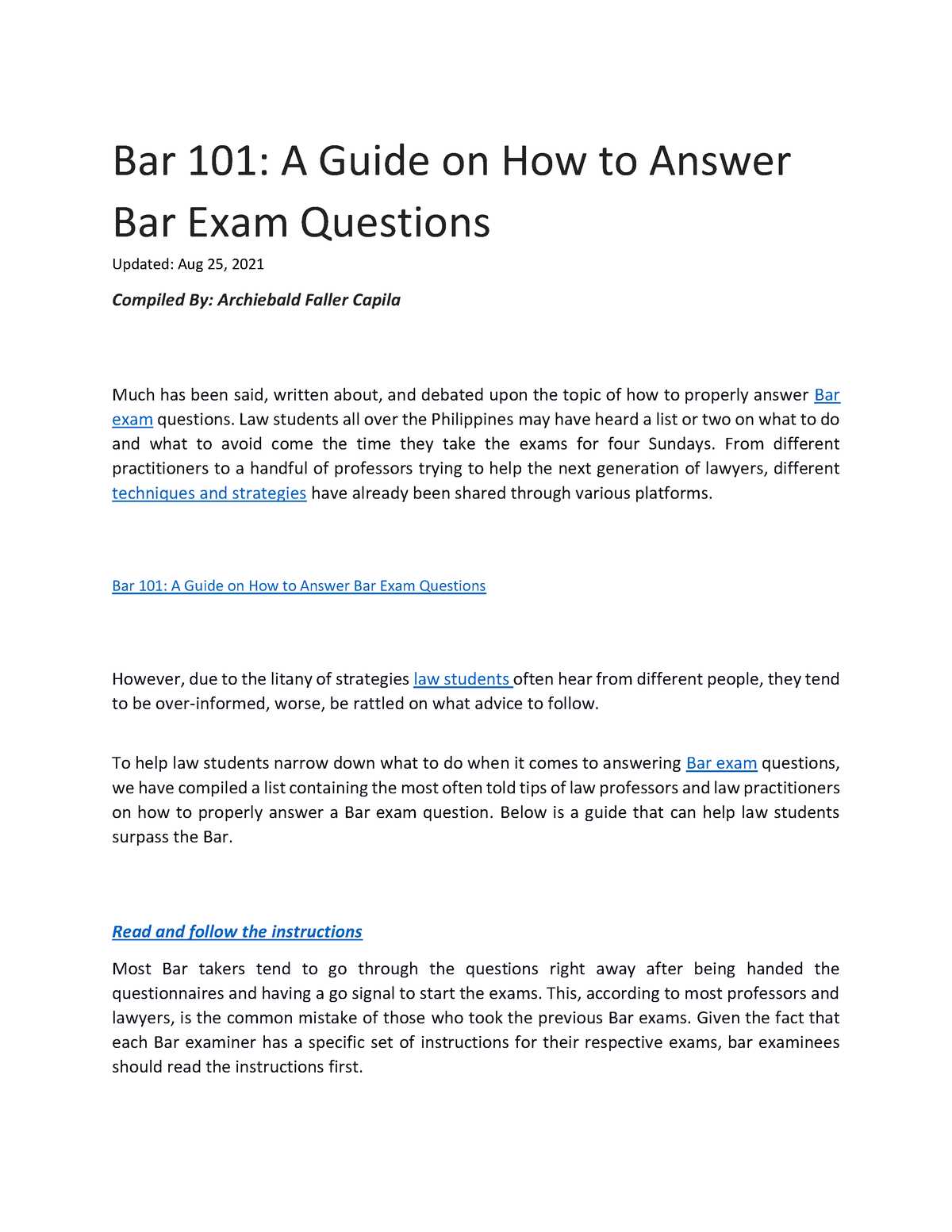
The following steps will help you analyze each task in a structured way:
- Read the Facts Carefully: Pay close attention to the provided details. Facts often contain crucial information that helps you identify the legal issues.
- Spot the Key Issues: Identify the main legal questions and any sub-issues that need to be addressed. This is the foundation of your response.
- Consider the Legal Framework: Think about which laws, statutes, or precedents are relevant to the task. Determine how they apply to the facts at hand.
Common Pitfalls to Avoid
While analyzing a task, it’s important to avoid certain common mistakes that could undermine your analysis:
- Overlooking Small Details: Even minor facts can have a significant impact on the legal outcome. Ensure you consider every piece of information.
- Misunderstanding the Issue: Sometimes the task might involve complex or nuanced legal issues. Take the time to fully comprehend what is being asked.
- Skipping the Logical Flow: Structure your analysis logically, addressing each point in a clear and organized manner to guide the evaluator through your reasoning.
Building Strong Argumentation for Legal Responses
Crafting a persuasive and logically sound argument is central to success in any legal task. Your ability to clearly explain your reasoning, back up your points with appropriate legal principles, and address counterarguments will significantly enhance the quality of your response. A strong argument not only demonstrates your legal knowledge but also your ability to apply it effectively under pressure.
When developing your argument, focus on presenting a structured analysis that leads the reader through your thought process. Each point should be supported by relevant laws, precedents, or logical reasoning. Avoid vague generalizations and ensure that your argument is precise and well-supported throughout.
Key Components of a Strong Argument
Here are the essential elements that should be included in a strong legal argument:
| Component | Description |
|---|---|
| Clear Issue Identification | Define the core legal issue that needs to be addressed, ensuring it is clearly stated at the beginning of your response. |
| Legal Principles | Apply relevant laws, cases, or statutes to support your analysis. Make sure the sources are up-to-date and directly applicable. |
| Logical Reasoning | Present your reasoning in a logical sequence that builds upon each point and connects to the legal principles you cite. |
| Address Counterarguments | Anticipate potential opposing views and explain why your interpretation or solution is stronger or more applicable. |
Crafting Clear and Concise Legal Responses
In legal assessments, clarity and conciseness are essential for presenting your argument effectively. It is important to express your points in a straightforward manner, avoiding unnecessary complexity while still providing sufficient detail to support your conclusions. A well-crafted response communicates your understanding of the law while demonstrating your ability to organize your thoughts and present them in a logical sequence.
The goal is to ensure that every sentence serves a clear purpose. Avoid long-winded explanations or irrelevant information that may distract from the main issues. Instead, focus on providing precise and relevant points that directly address the task at hand.
- Focus on Key Issues: Identify the most important elements of the task and prioritize them in your response.
- Be Direct: Use simple, clear language that gets straight to the point. Avoid unnecessary legal jargon unless it is necessary for accuracy.
- Use Structured Paragraphs: Organize your response into clear, manageable paragraphs that each focus on a single point or argument.
By sticking to these principles, you can ensure that your response is both comprehensive and easy to follow, allowing the evaluator to quickly understand your reasoning and analysis.
Effective Study Strategies for Legal Assessment Preparation
Successful preparation for a legal assessment requires a well-structured study plan and consistent effort. To perform well, it’s important to balance comprehensive review with targeted practice. Focusing on key areas, understanding complex legal concepts, and honing problem-solving skills are all crucial aspects of preparation.
Effective study strategies include breaking down the material into manageable sections, practicing under timed conditions, and regularly reviewing progress. These techniques help build familiarity with the format and improve your ability to apply legal principles to various scenarios.
- Develop a Study Schedule: Create a realistic timetable that balances study sessions with adequate breaks. Consistency is key to retaining information.
- Focus on Weak Areas: Identify topics where you need the most improvement and allocate extra time to mastering those areas.
- Practice with Simulated Tasks: Regularly complete timed practice tasks to mimic the conditions of the real assessment and build confidence in managing your time effectively.
By using a combination of structured review and focused practice, you can enhance your understanding of the material and improve your chances of success.
Mastering Legal Writing for Assessments
Mastering legal writing is essential for success in any legal assessment. The ability to express complex ideas clearly and concisely, while maintaining a logical flow, is crucial for crafting persuasive and well-structured responses. Whether writing essays or analyzing hypothetical scenarios, your written communication should demonstrate both your legal knowledge and your capacity for clear reasoning.
To excel in legal writing, focus on structuring your responses in a way that is both coherent and easy to follow. Every argument should be presented systematically, with relevant legal principles and precedents clearly integrated into your analysis. Avoid unnecessary complexity and aim for clarity at every step.
- Start with a Strong Introduction: Open with a clear statement of the issue and your approach to resolving it. This sets the tone for your entire response.
- Organize Your Argument: Present each point in a logical order. Begin with general principles and then apply them to the facts at hand.
- Use Precise Language: Avoid vague terms and ensure that your language is specific and unambiguous. Precision is key in legal writing.
- Conclude Effectively: Summarize your analysis and provide a direct answer to the task. A strong conclusion reinforces the strength of your argument.
By mastering these elements of legal writing, you can create responses that not only showcase your legal expertise but also your ability to communicate complex ideas in a clear and compelling way.
What to Do When You Don’t Know the Answer
It’s common to encounter a situation where you’re unsure of how to approach a task or solve a problem during a legal assessment. The key is to remain calm and employ strategies that allow you to navigate uncertainty effectively. While you may not always have a complete solution at hand, there are several techniques you can use to manage these situations and still demonstrate your ability to think critically and logically.
The first step is to focus on what you do know. Break down the problem into smaller, more manageable components, and tackle each part individually. Even if you cannot come up with the exact answer, showing your thought process can demonstrate your understanding of the subject matter.
- Identify Related Concepts: Even if you don’t know the direct answer, try to recall related laws, principles, or precedents that might provide context or lead you in the right direction.
- Use Process of Elimination: If there are multiple options, eliminate the obviously incorrect ones to increase your chances of selecting the right one.
- Make an Educated Guess: In some cases, a well-reasoned guess based on your understanding of the material can be enough to earn partial credit.
- Write Down Your Thought Process: If you’re stuck, writing down your reasoning, even if incomplete, can show the examiner that you are working through the issue logically.
By applying these strategies, you can effectively manage moments of uncertainty, allowing you to maintain confidence and stay on track during the assessment.
The Importance of Issue Spotting in Legal Assessments
Identifying key issues in legal scenarios is one of the most critical skills to master when preparing for a legal assessment. The ability to spot the relevant legal points quickly allows you to craft focused, coherent responses that demonstrate your understanding of the law. Without effectively identifying these issues, you risk missing the core aspects of the task, which can lead to incomplete or irrelevant answers.
Issue spotting involves carefully reading the facts of the problem and determining which legal principles apply. Once the issues are identified, they should be addressed systematically in your response. This helps you prioritize your analysis and ensures that your response is well-organized and relevant.
| Step | Action |
|---|---|
| 1 | Read the facts carefully and note any details that may be legally significant. |
| 2 | Identify the key legal issues involved in the scenario. |
| 3 | Organize your response by addressing each issue in order of importance. |
| 4 | Provide a clear analysis of how each issue applies to the facts presented. |
By consistently practicing issue spotting, you’ll improve your ability to recognize relevant points and respond more effectively. This skill is crucial for delivering a structured, well-reasoned analysis under time pressure.
How to Approach Multiple Choice Bar Questions
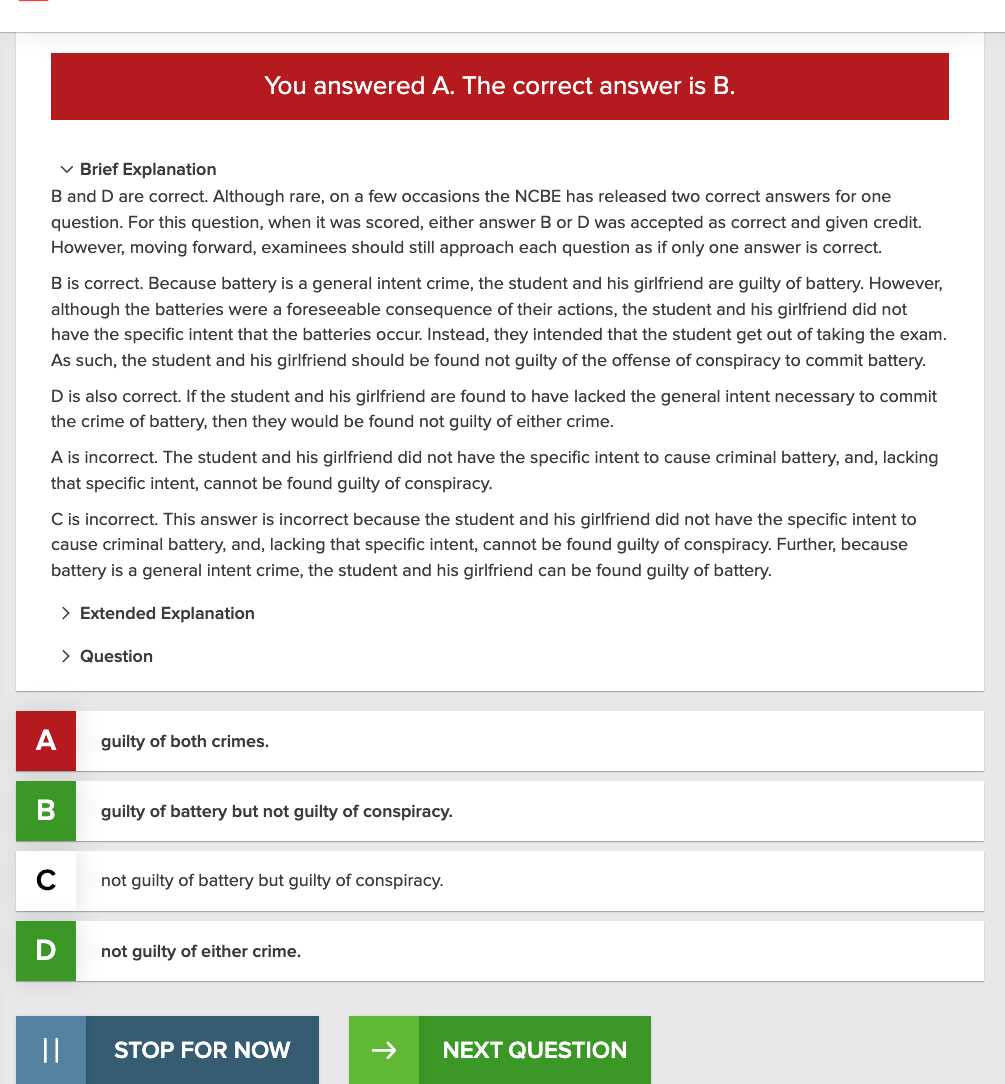
Multiple choice tasks are a common component of legal assessments, and they require a different approach than essay-style responses. The key to success in these tasks is understanding how to quickly analyze each option and identify the most accurate answer. This section will guide you on how to approach these types of questions efficiently and strategically.
Begin by carefully reading the question and all the answer choices. Avoid rushing through the options, as it is easy to overlook key details. Focus on identifying keywords in both the question stem and the answer choices that may give you clues about the correct response.
Step-by-Step Approach
- Read the Entire Question: Ensure you understand what is being asked. Sometimes, the phrasing of the question can provide hints about the correct answer.
- Analyze Each Option: Go through each answer choice carefully. Eliminate those that are clearly incorrect to narrow down your options.
- Consider the Best Answer: Often, multiple options may seem plausible, but you need to choose the one that most accurately aligns with the legal principles or facts presented.
Common Pitfalls to Avoid
- Overthinking: Don’t second-guess yourself too much. Trust your initial judgment after carefully considering the options.
- Choosing the “Best Fit”: Be wary of answers that seem right but are not the best fit for the scenario. Pay attention to subtle differences in the wording.
- Ignoring Key Details: Sometimes, the smallest detail in a question can make a big difference in determining the correct choice.
By following a systematic approach and staying focused on the details, you can improve your chances of selecting the most accurate response and perform effectively on multiple choice tasks in a legal assessment.
Tips for Writing Persuasive Essay Responses
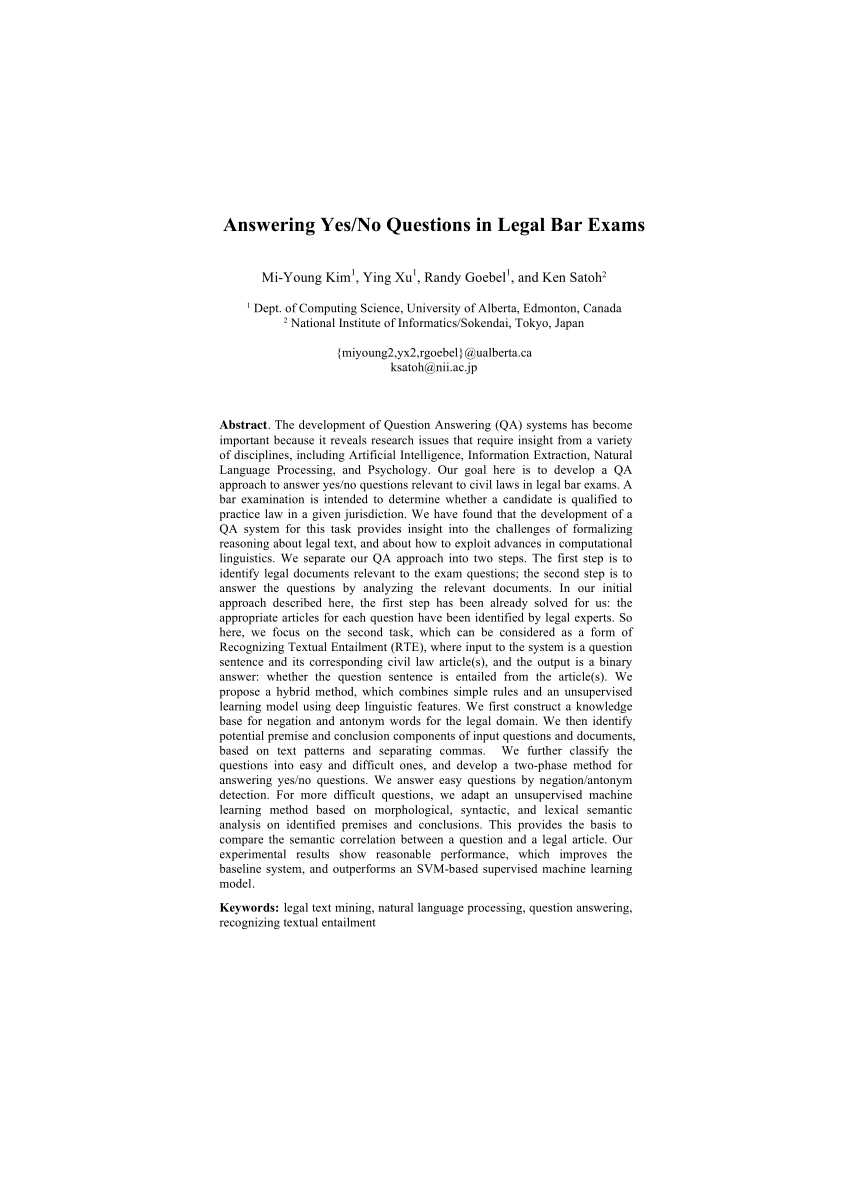
Writing a persuasive response in a legal context requires clarity, logic, and a strong argument. It is essential to present your points in a structured manner that convinces the reader of your position, supported by solid reasoning and legal principles. This section provides key tips for crafting a compelling essay that effectively communicates your analysis and persuades the examiner of your understanding.
Start by carefully analyzing the prompt. Make sure you understand the issues and the legal context. Break the prompt down into manageable components, so you can address each aspect thoroughly in your response. This structured approach helps ensure you do not miss any critical points in your argument.
- Introduction: Begin with a concise introduction that clearly outlines the issues at hand and your intended approach to the argument. A strong introduction sets the tone for the rest of the essay.
- Clear Structure: Organize your essay logically, with clear paragraphs for each point or argument. Each paragraph should flow seamlessly into the next, helping to guide the reader through your reasoning.
- Present the Law: When relevant, state the applicable legal principles or rules. Be sure to explain how these rules connect to the facts at hand.
- Provide Strong Analysis: A persuasive response is based on well-reasoned analysis. Discuss both sides of the argument if necessary, but clearly explain why one side prevails based on the facts and legal rules.
- Conclusion: End your essay with a concise conclusion that reiterates your position and reinforces the strength of your argument. Avoid introducing new information at this stage.
By following these tips, you can develop a persuasive, well-organized essay that demonstrates your ability to think critically and argue effectively. The key to success is a clear structure, strong legal reasoning, and the ability to communicate your ideas with confidence.
Utilizing the IRAC Method for Bar Exams
The IRAC method is a structured approach that helps organize and clearly present legal analysis. This framework allows for a concise and logical presentation of legal issues, rules, application, and conclusions, making it an invaluable tool when tackling complex legal scenarios. In this section, we will explore how to effectively use the IRAC method to craft organized and compelling responses.
IRAC stands for Issue, Rule, Application, and Conclusion. By following this structure, you can ensure that each part of your response addresses the necessary components of legal reasoning, making your analysis easy to follow and logically sound.
The IRAC Breakdown

| Step | Description |
|---|---|
| Issue | Identify the legal issue or question that needs to be addressed. This is the foundation of your analysis and must be clearly defined. |
| Rule | State the relevant legal rule or principle that applies to the issue. Be sure to reference statutes, case law, or other authoritative sources. |
| Application | Analyze how the rule applies to the specific facts of the case. This is where you demonstrate your reasoning and show how the law relates to the scenario. |
| Conclusion | Conclude your response by summarizing the result. State your position clearly based on the application of the rule to the facts. |
By applying the IRAC method, you can present a well-organized and reasoned analysis of legal issues. This method ensures that you do not miss any key elements, and it provides a clear path for addressing complex legal questions in a logical and systematic way. Additionally, it helps you to stay focused on the critical aspects of the question, making your response both concise and effective.
Preparing for the Performance Test Section
The performance test section of any legal assessment challenges candidates to apply their legal knowledge in practical, real-world scenarios. It is designed to evaluate how well you can perform tasks that are commonly encountered in legal practice, such as drafting documents, analyzing case files, or providing legal advice. Success in this section depends not only on your understanding of the law but also on your ability to complete tasks efficiently and effectively under time constraints.
To excel in this section, preparation should focus on familiarizing yourself with the types of tasks you will face and practicing how to approach them systematically. Understanding the format and structure of the test is essential for reducing stress and ensuring that you can manage your time effectively during the actual assessment.
Key Tips for Success
- Practice Simulated Tasks: Completing practice performance tests can help you become more comfortable with the format and requirements of the section. Focus on improving your ability to organize and analyze the materials quickly and efficiently.
- Manage Your Time: The performance test often comes with strict time limits. Prioritize tasks based on their complexity and allocate time wisely to ensure you complete all required components.
- Understand the Instructions: Read the instructions carefully to avoid missing critical details. Pay attention to what is being asked and ensure that your response directly addresses the tasks given.
- Draft Clearly and Concisely: Clarity is key. Whether you’re drafting a letter, memo, or legal brief, focus on providing clear, direct, and concise responses that are easy to follow and understand.
- Use Templates or Precedents: In many performance tests, you may be required to draft legal documents. Familiarizing yourself with templates or precedents can help you quickly generate the correct format and ensure that you meet all formal requirements.
By preparing effectively and practicing consistently, you will be able to approach the performance test with confidence. Remember, success in this section is not just about knowing the law, but also about applying it efficiently and thoughtfully under pressure.
How to Stay Calm During the Exam
Managing stress and staying calm during a high-pressure assessment is crucial for performing well. Maintaining a clear and focused mindset can help you think critically and answer each task thoughtfully. It’s natural to feel some anxiety, but knowing how to manage that stress can make a significant difference in your overall performance.
One of the key strategies for staying calm is preparation. The more prepared you are, the more confident you’ll feel when faced with challenging tasks. In addition, having a plan for managing your time and emotions during the assessment will allow you to stay composed and tackle each section efficiently.
Practical Tips for Staying Calm
- Practice Mindfulness Techniques: Simple breathing exercises or meditation can help reduce anxiety before and during the test. Focus on your breath to center yourself and regain composure when you feel overwhelmed.
- Take Breaks: If allowed, take brief pauses to stretch, walk, or close your eyes for a moment. This will help refresh your mind and body, ensuring that you don’t burn out.
- Stay Positive: A positive mindset can be a powerful tool. Remind yourself of your preparation and skills, and focus on the task at hand instead of worrying about potential mistakes.
- Control Your Pace: Don’t rush through tasks out of fear of running out of time. Instead, manage your time strategically to ensure that you complete each part of the assessment thoughtfully.
- Visualize Success: Spend a few minutes before the test visualizing yourself succeeding. Imagining a calm and successful outcome can reduce anxiety and enhance focus.
Techniques for Managing Stress During the Test
- Stay Organized: Keep your workspace tidy and have all necessary materials within reach. A clutter-free environment helps reduce distractions and keeps your mind focused.
- Prioritize Tasks: If you encounter a particularly difficult question, move on to other sections and return to it later. This can reduce stress and ensure that you don’t waste precious time.
- Stay Hydrated and Eat Well: Eating a balanced meal and drinking water before the test can improve concentration and help manage stress. Avoid too much caffeine or sugar, which can increase anxiety.
By employing these strategies, you can maintain a sense of calm and approach the assessment with clarity and confidence. Remember, staying composed under pressure is a skill that, like any other, improves with practice.
Resources to Help You Succeed on the Bar Exam
Success in a professional assessment depends not only on knowledge but also on utilizing the right tools and resources to prepare effectively. Whether you’re reviewing the material, practicing your writing skills, or understanding the structure of the tasks, the right resources can significantly enhance your performance. Using a variety of study aids and support systems can make all the difference in your preparation process.
Below are some valuable resources that can aid you in your preparation:
Study Guides and Textbooks
- Comprehensive Review Books: These books cover key topics and provide practice exercises. They are designed to help you understand the core principles and apply them to different scenarios.
- Outlines and Summaries: Using detailed outlines can simplify complex topics and allow you to focus on the most important concepts. Summaries help you quickly review what you’ve learned and reinforce your understanding.
- Practice Questions and Mocks: Engage with sample problems that replicate the format and difficulty of the tasks you’ll encounter. Practicing with real-life examples will help you refine your approach and time management skills.
Online Platforms and Courses
- Interactive Learning Platforms: Websites like Quizlet, Khan Academy, or BarBri offer interactive exercises and videos to help you learn key concepts in an engaging way.
- Webinars and Workshops: Many institutions offer live webinars or on-demand courses that dive into specific topics. These can be useful for in-depth explanations and for staying up-to-date with changes in testing formats.
- Peer Study Groups: Collaborating with others who are also preparing can offer new insights and allow you to discuss complex concepts together. You can learn from each other’s experiences and get different perspectives.
Practice Tests and Past Papers
- Previous Year’s Papers: Reviewing and practicing with past assessments is one of the best ways to prepare. Understanding how questions are structured and which topics are frequently covered will give you an advantage.
- Simulated Practice Tests: Taking timed practice tests in a simulated environment allows you to gauge your performance under pressure and identify areas where you need further improvement.
Coaching and Mentoring
- One-on-One Coaching: A mentor or tutor who has experience with professional assessments can provide personalized guidance. They can help with strategy, improving weak areas, and building confidence.
- Study Partners: Partnering with someone to study together can keep you accountable and help break down difficult concepts. Regular review sessions with a partner can also be motivating.
By integrating these resources into your study routine, you can build the skills and confidence necessary to succeed. Make sure to tailor your approach to what works best for you, and don’t hesitate to seek support when needed. Remember, preparation is key to achieving your goals.